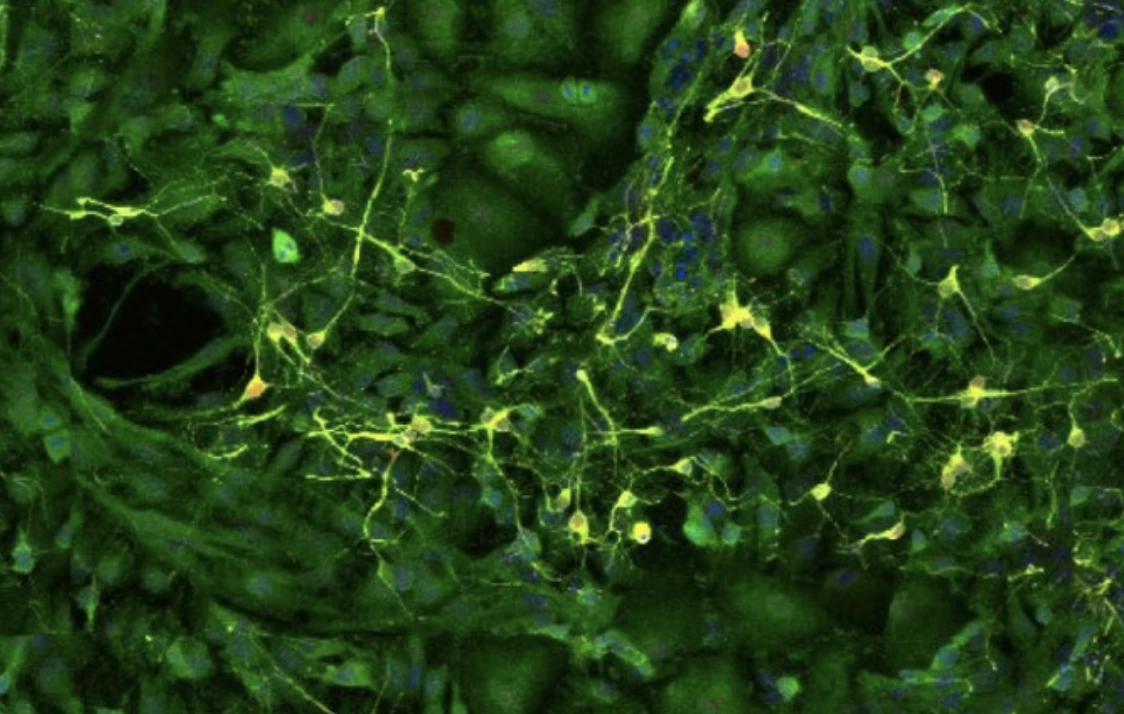The link between physical activity and brain health is not new, with many studies showing how exercise can boost function, from easing depression to staving off cognitive decline. Now, scientists have shown in cell studies that the connection may be more direct, which opens the door to more targeted physical therapies for brain health and potential treatment of neurodegenerative conditions.
The scientists from the Beckman Institute for Advanced Science and Technology, within the University of Illinois Urbana-Champaign, were able to demonstrate through mice muscle cells how their contraction caused hippocampal neurons to fire off larger and more frequent electrical signals. Within days, these stronger and healthier signals became more synchronized, mimicking neural organization in the brain.
Every time we exercise, our muscles contract and lengthen; if the contraction fires off boosted, stronger electrical signals to the cognition-crucial hippocampus, it could lead to exercise-based therapy for conditions such as Alzheimer’s disease.
“The hippocampus is a crucial area for learning and memory, and therefore cognitive health,” said lead author Ki Yun Lee, from the University of Illinois Urbana-Champaign.
After the chemical pathway discovery, the team added the culture featuring the chemical signals from the muscle cells to a culture of hippocampal neurons and astrocytes, the “first responders in the brain.” With immunofluorescent and calcium imaging, the researchers were able to see how the specialized astrocyte cells also play a crucial role in the process, regulating the chemical environment and mitigating neural behavior.

“Astrocytes play a critical role in mediating the effects of exercise,” Lee said. “By regulating neuronal activity and preventing hyperexcitability of neurons, astrocytes contribute to the balance necessary for optimal brain function.”
While the body’s chemical response to exercise is a complex one, a focus on the pathway from muscle cell to hippocampus may help scientists understand exactly how targeted physical therapy regimens could strengthen, or even rebuild, neural pathways in those suffering cognitive decline.
“Ultimately, our research may contribute to the development of more effective exercise regimens for cognitive disorders such as Alzheimer's disease,” Lee said.
The study was published in the journal Neuroscience.
Source: Beckman Institute for Advanced Science and Technology





